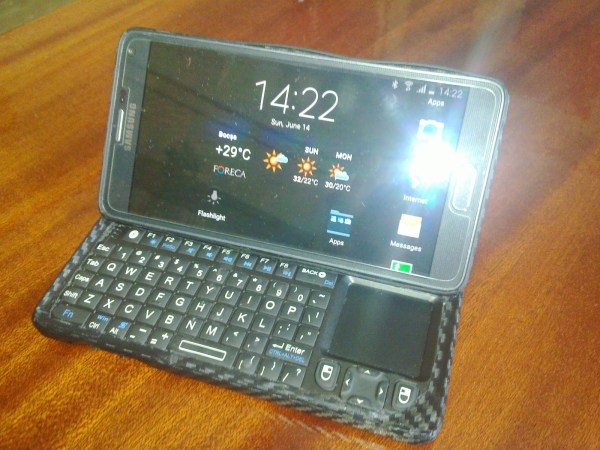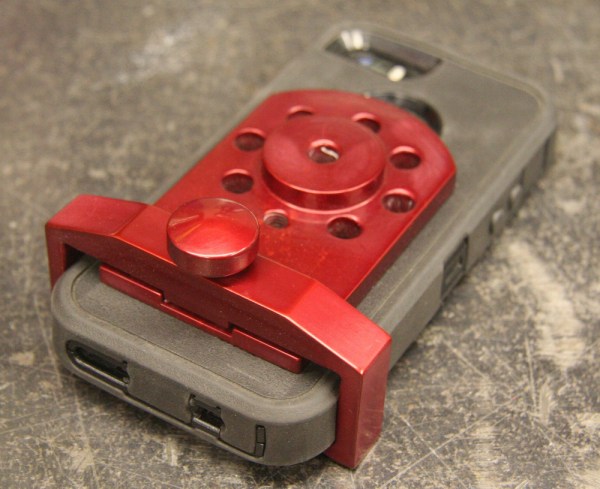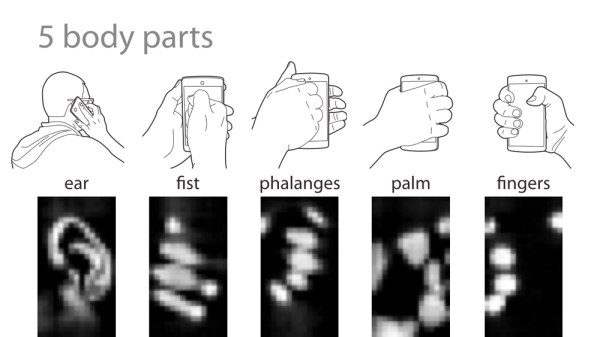We all remember the good ol’ days when smartphones were just getting started. Realizing that we could take a fully functional computer and shove it into something the size of a phone was pretty revolutionary. Some of the early phones like the original Motorola Droid had some features that just aren’t very common today, and [liviu] set out to fix this situation by adding a sliding QWERTY keyboard to his modern smartphone.
The build started with a Samsung Galaxy Note 4 and two cases: one for the phone and one for the keyboard. [liviu] found a small phone-sized bluetooth keyboard and removed all of the unnecessary bits before shoehorning it into the case. He then built the sliding mechanism from parts out of a PC power supply and two old flip phones and then was able to piece the two halves together. Using the two flip phone hinges gave this case the additional feature of being able to flip up after sliding out. The result is a modern smartphone with a fantastic and classic smartphone twist that looks very useful.
We’ve featured projects that give new life to old smartphones, but this might be the first to give old life to a new smartphone. We wouldn’t mind seeing more flagship phones that come with these features, but [liviu] has done a great job of making up for the manufacturers’ shortcomings!
Continue reading “New Smartphone Case Brings Back Old Smartphone Features”

















